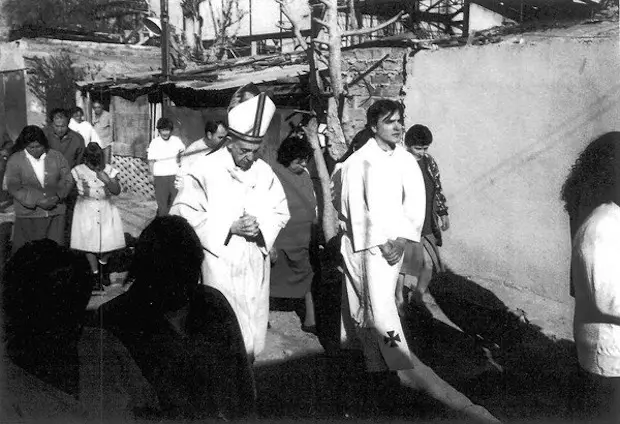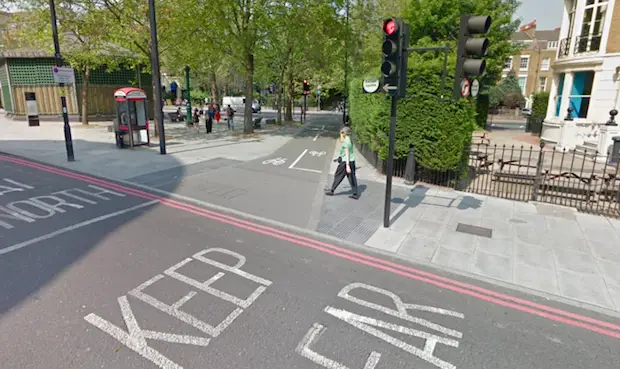Transforming underutilized land into productive urban farms was one of the many topics which were presented at the recent Kansas City Design Week. Jerome Chou, past Director of Programs at the Design Trust for Public Space, presented his unique experience with the implementation of the Five Boroughs Farm in New York City and the impact that urban agriculture can have on low-income areas of a city.
Chou pointed out in his presentation that having the land available for an urban farm is only half of the battle. The other half involves changing local zoning laws, influencing political opinion, garnering economic support, and proving the project will have a net benefit to a community. These challenges where not unique to just New York City but also to Kansas City’s 18th and Broadway Urban Farm which was also presented at Kansas City Design Week.
The constraint of influencing the community and political leaders is what forced Chou and the multi-disciplined team lead by Design Trust for Public Space to rethink how urban farms were a beneficial investment for New York City. Chou knew from past experience that the repurposing of vacant lots provided both fresh produce and employment for local residents in the Red Hook Community Farm. Chou also pointed out that the city officials were very reluctant to provide their support for the project, particularly in a city where Mayor Bloomberg was famous for tweeting “In God We Trust. Everyone else, bring data.” The team’s first step was to find studies on how urban farms influenced local communities and present their collective data to gain political support. Design Trust had difficulty finding studies on urban farms, but did find miscellaneous pieces of data such as how having bees in a city increases biodiversity of plants and access to healthy food improves the health of local residents. The team realized they would have to retool their approach and the end results would be the first of its kind.
Design Trust put together a metrics framework that measured the associated activities of urban agriculture with the known benefits derived from various studies. This framework was an important step for Five Borough Farms as it became a marketing device to help convince city officials of the positive impacts that urban farming could have on the community. Chou knew that collecting the required data to reinforce the framework would not be an easy process since passionate urban farmers do not have time to conduct large studies. Design Trust is currently developing a tool that helps urban farmers measure these benefits. The sample tool on Five Borough Farms website measures the economic benefits that urban farmers can easily record like the amount of food produced in weight and the number of people trained in a specific job skill on the urban farm.
The larger tool – currently in a closed beta – measures the work done on a holistic level of the metric framework. This tool will measure the broader social, ecological, economical, and health indicators such as the number of school students participating in food system ecology programs, the money generated from urban agriculture-based farmer’s markets sales, and the percentage of low income shares in CSAs linked to the farm as only a few examples. Combining this data will other sites like 596acres.org, a website that charts available vacant lots that can be used for farming in New York City, gives citizens the tools they need to start an urban farm and farmers the means to see the progress they have on a community over time.
Design Trust for Public Space has plans to release their Data Collection Tool out to the public in the near future with the metric framework and the new book about the group’s work is available online. This program will dramatically help urban farmers from the around the world to collect important data with ease and have the right tools to persuade public officials on the benefits that urban agriculture can bring to the city.
Kyle Rogler is an architecture graduate working at BNIM Architects. He writes and collects articles about architecture, urban design, and open-source.


